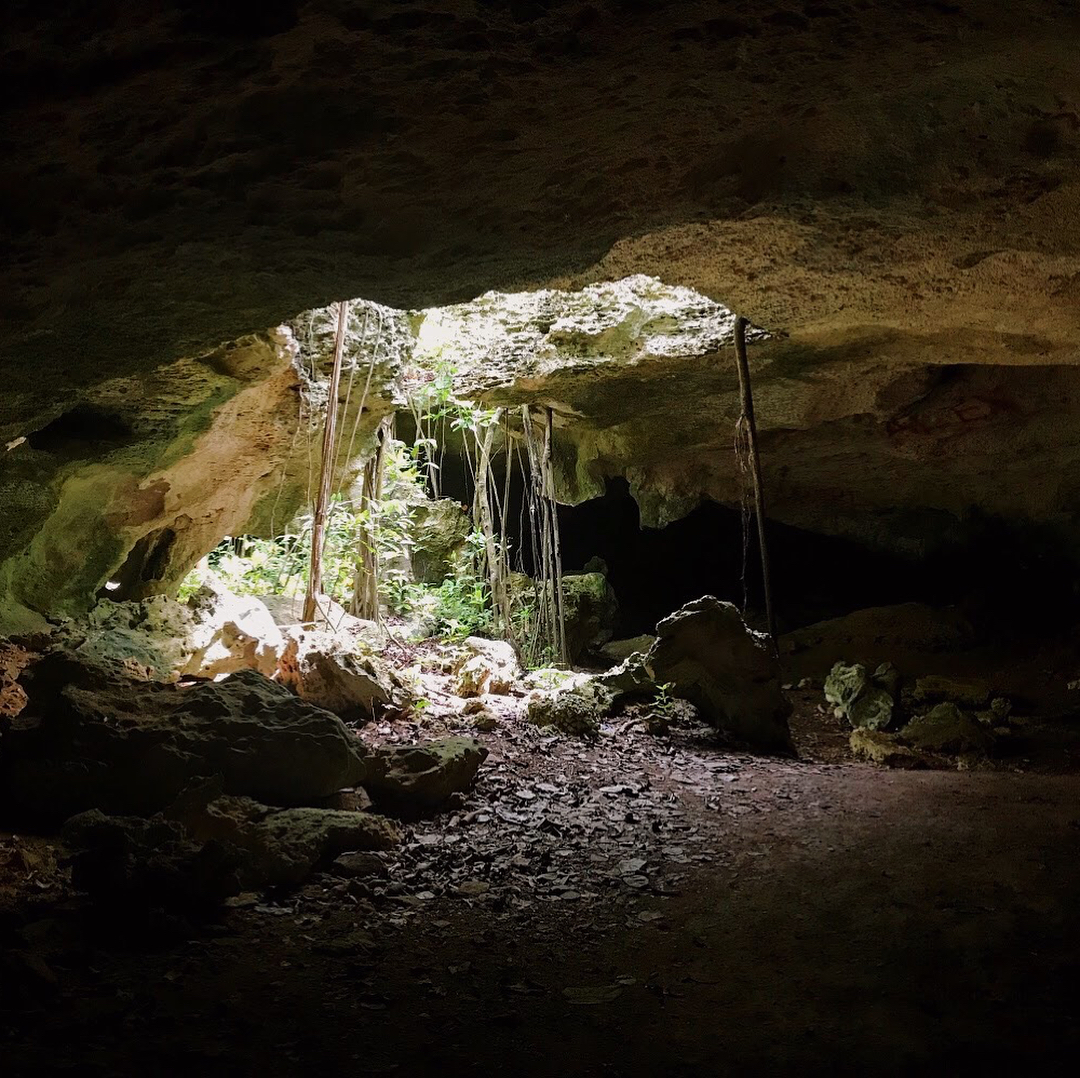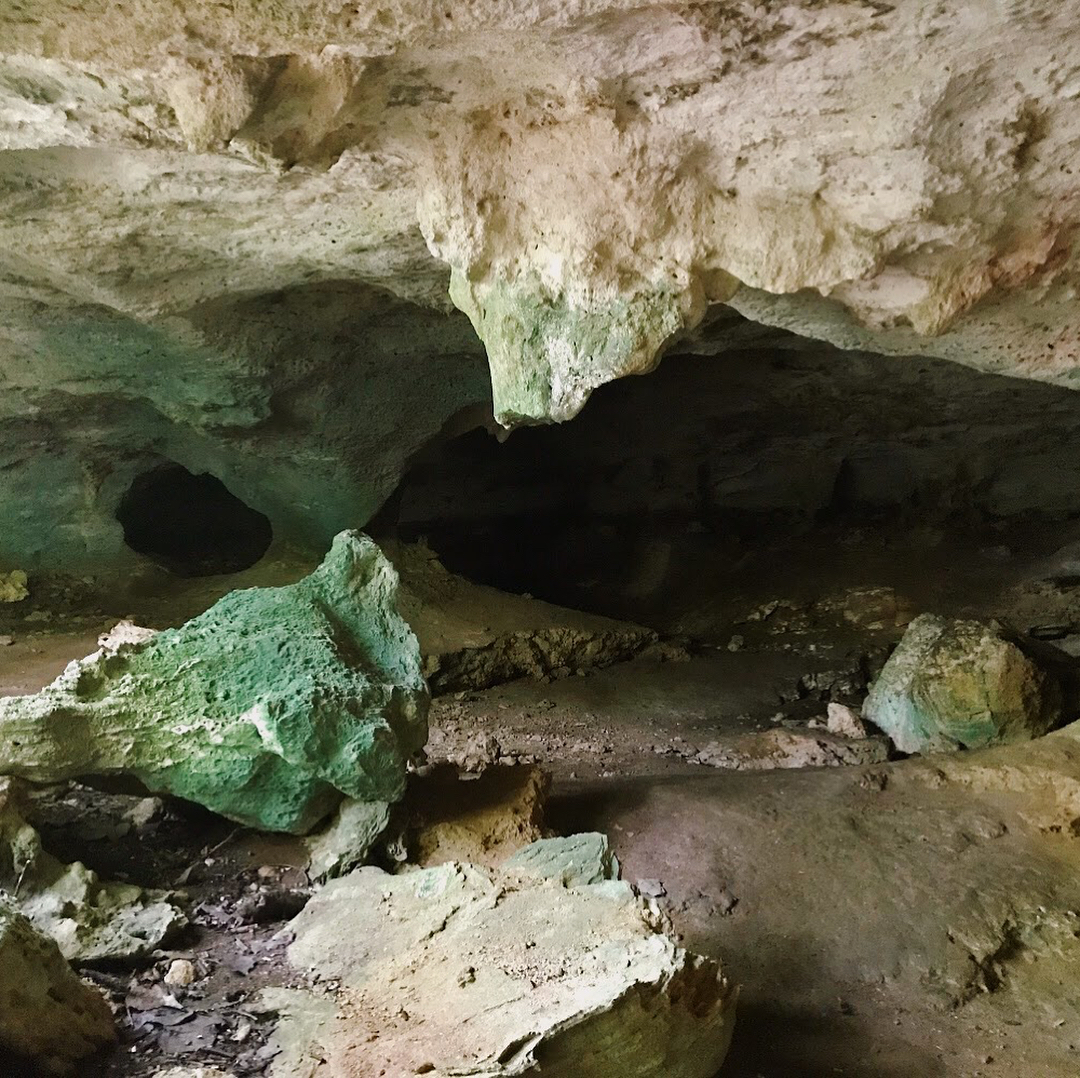The college application process and selecting a major can be overwhelming, especially at such a transitional stage in life. One way to center yourself and your goals before college is to take a gap year —a yearlong break between high school and college. A gap year can help develop stronger academic skills and increase employability. Here are the top five reasons to consider a gap year experience at Forfar Field Station.
1. Professional Growth
Although you may not be working full-time during a gap year, you can still grow professionally.
At Forfar you’ll learn skills that will help you in the workplace, as well as, boost your resume. As you balance classes, field labs, diving, and culture, you’ll develop a keen sense of time management, responsibility and collaboration.
Our Forfar Marine Science Program includes internationally recognized certifications in PADI Open Water scuba diving, PADI Advanced Open Water diving, Leave No Trace, ACA Kayaking, and Wilderness First Aid. These certifications equip you with life-long skills and help you stand out to future employers.
During your stay, you’ll earn tangible professional experience and service hours working with Bahamian nonprofits and government organizations. This is an opportunity to give back through volunteer work with trail maintenance, mangrove restoration, invasive species control, and more.
2. Increase Self-Confidence
International travel and living in a remote place increases self-confidence through personal growth.
In general, students who take gap years report higher self-confidence. The Forfar Gap Year program is no exception. Situated far from the main centers of population, this cross-cultural experience teaches respectful interactions with people from different cultures.
3. Cultivate Academic Success
Students who take a gap year report higher academic success when they enter college.
Our curriculum provides a comprehensive understanding of marine biology and Bahamian culture through hands-on, experiential experiences. The class schedule splits time between classroom lectures and outdoor adventures and labs. Excursions to snorkel on the fringing barrier reef, swim in a blue hole, or perform a marine invertebrate lab on the beach, reinforce classroom lessons. Our class material fosters a deeper appreciation of marine science as students live and work on Forfar Field Station.
4. Experience Adventure
A gap year at Forfar Field Station is a chance to live on a remote island in the Bahamas; and have a life-changing adventure.
A gap year is an opportunity to experience adventure and mature. Our Forfar Marine Science Gap Year Program does just that. It provides you with the opportunity to explore a fascinating island and learn about the culture, history, the mangrove forest of Andros, and the Caribbean Sea.
Andros has dozens of fascinating places to explore. The island has the largest concentration of fresh blue holes in the world and is located right next to the Tongue of the Ocean. With a wide variety of tropical fish, reef sharks, sea turtles, and unique corals, Andros is a great place to dive. Andros also has many tide pools and subtropical forests, where you can see more than 50 species of wild orchids. You can learn more about Andros here.
5. Find Your Path
Traveling internationally and taking chances in life provides new experiences for you to develop a sense of self and long-term goals.
In our program, you can explore different fields such as marine biology, geology, botany, island ecology, invertebrate zoology, SCUBA diving, and more. Exploring these fields can help you narrow down your search for the right college major or future career path. Entering into college with a more concrete idea of your educational goals, gives you a leg up on other students who are still trying to decide what they want to pursue in college or where to focus their time and energy.
Taking a gap year to explore what you want out of life, both professionally and personally, can be a well-deserved break from societal pressures. People often expect high school students to jump right into college, but going back into the academic grind could be a mistake for some individuals. Students who take a gap year often come back feeling recharged and refocused.

















